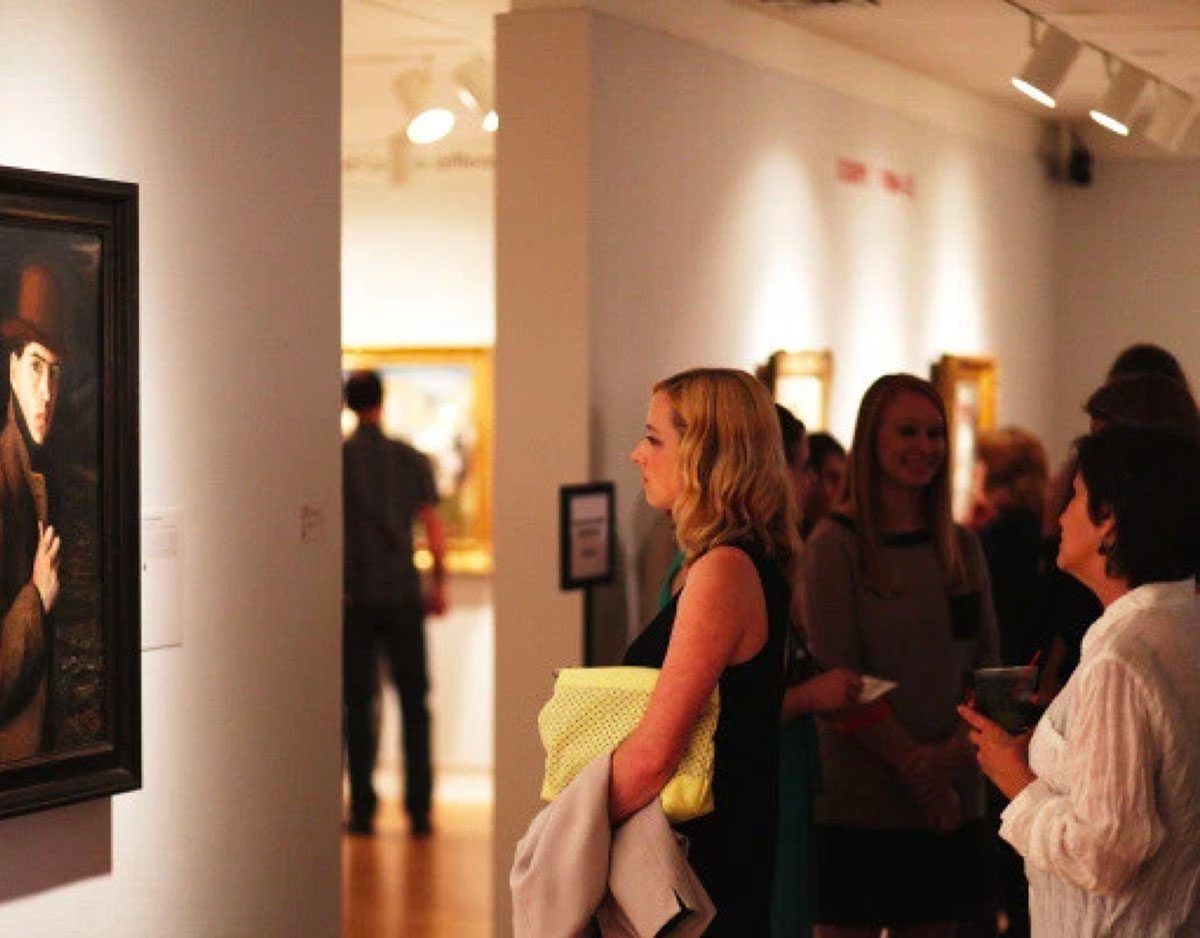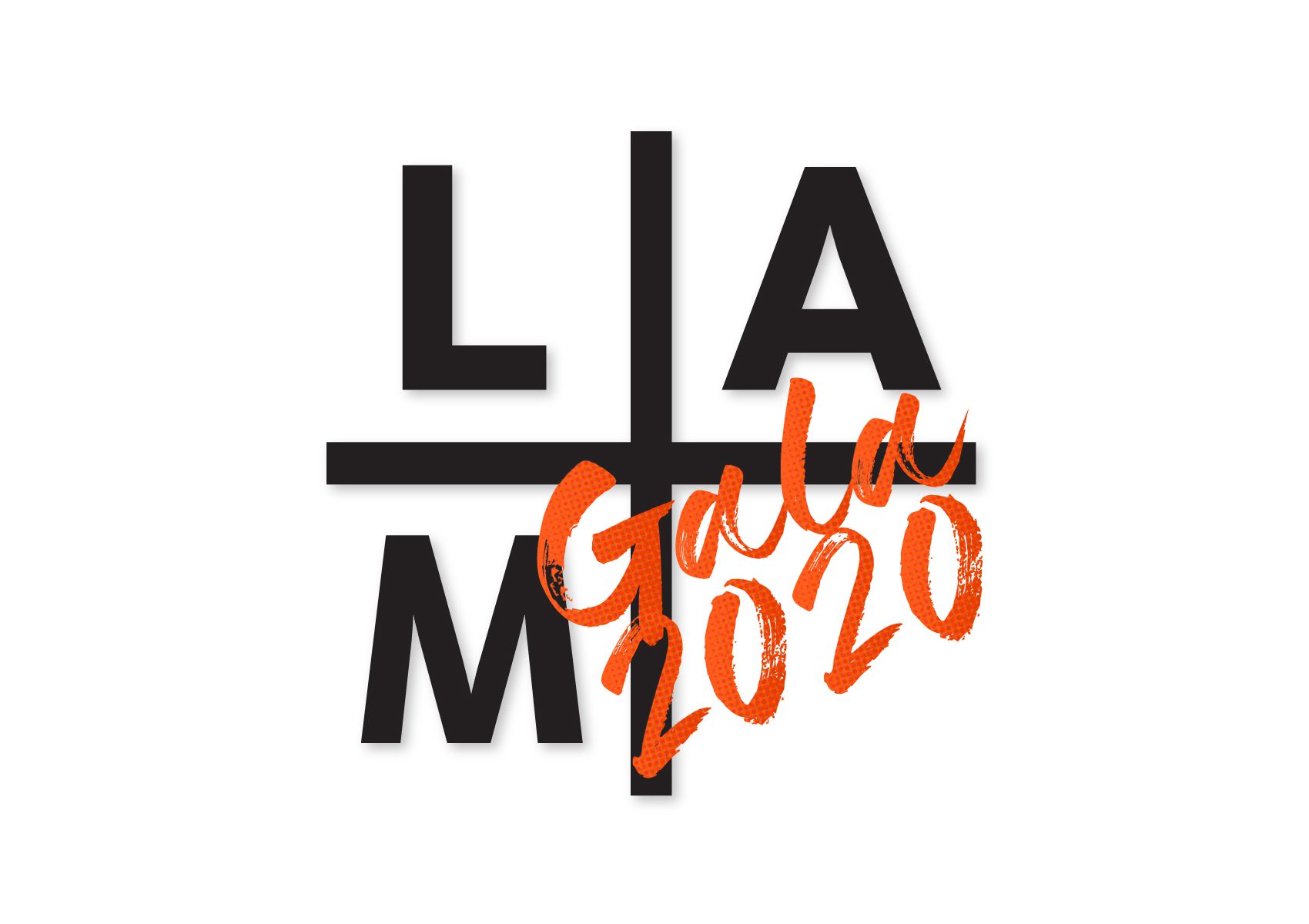Exhibit Overview
An exhibition of some 25 new works by painter Hung Liu opened at Laguna Art Museum on October 27, 2002 and ran through February 23, 2003. The exhibition, co-curated and co-organized by the Boise Art Museum and Heather Lineberry, traveled nationally. A 56-page color catalogue for the exhibition including essays by Sandy Harthorn, curator of art, Boise Art Museum, and Heather Sealy Lineberry, senior curator, ASU Art Museum, was available in the Museum store.
Liu’s new paintings, many of which were shown for the first time in this exhibition, reflected her diverse personal history in their combination of styles. Exhibition curator Heather Lineberry said that Hung Liu’s experiences growing up during China’s Cultural Revolution and her move to this country in 1984 exhibit both adversity and perseverance.
This history predetermines the layers of content and formal approaches found in her paintings, what she has called ‘pastiches of style and clashes of cultures, Lineberry said.
Liu’s formal training in Beijing permitted drawing only from life, forbidding even the use of photography to capture that life. It also strictly limited the way in which artists were permitted to paint. Liu has likened the constrained, figurative painting process to paint-by-numbers with rules regarding anatomical dimensions and color combinations.
Liu, however, rebelled against these strict controls and even while in China she secretly used photography as an aid in her painting. When she was permitted to move to San Diego in 1984 to further her studies, Liu expanded her use of photographs in her work. Her style also developed, as she was able, for the first time, to give free reign to her creative impulses.
Liu’s fascination with history and photos, particularly with reclaiming the lost histories of nameless women, has been strongly influenced by the losses she and her own family suffered as she grew up. Her father was interned in a labor camp when she was a baby and her family destroyed most of their family photos out of fear, because such personal items were forbidden during the Cultural Revolution.
Historic photographs from early and mid-20th century China have been her primary inspiration throughout her career. Yet her translation of these images has become more layered, ambiguous and sensuous.
Liu samples freely from Eastern and Western, historic and contemporary practices. The paintings hover between realistic and abstract, narrative and symbolic, allowing for multiple interpretations by the viewer, Lineberry said. In many paintings, Liu explores representations of women. Her women are icons–prostitutes, brides, warriors, mothers–treated as individuals, rather than simply a nameless, insignificant part of history.
The women of Strange Fruit, painted in 2001, are based on photographs of Korean comfort women who were forced into service for Japanese soldiers during wartime. In eight portraits from the exhibition, Liu departs from the composition of the source photography and memorializes the comfort women as individuals. The Japanese sword seen in the original photography remains in the picture, yet the men are stricken from the image.

Subscribe To Our Newsletter
Receive news about collections, exhibitions, events, and more.








